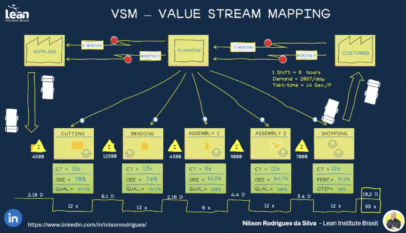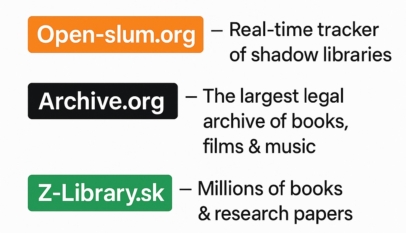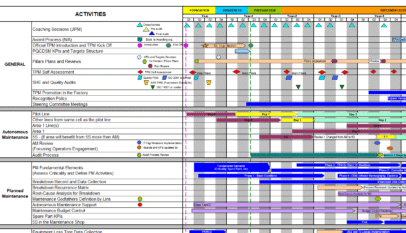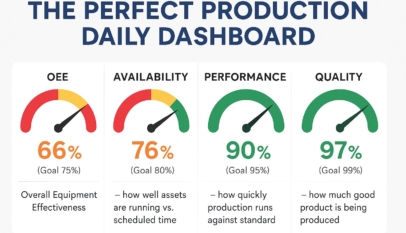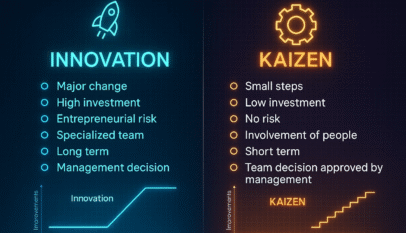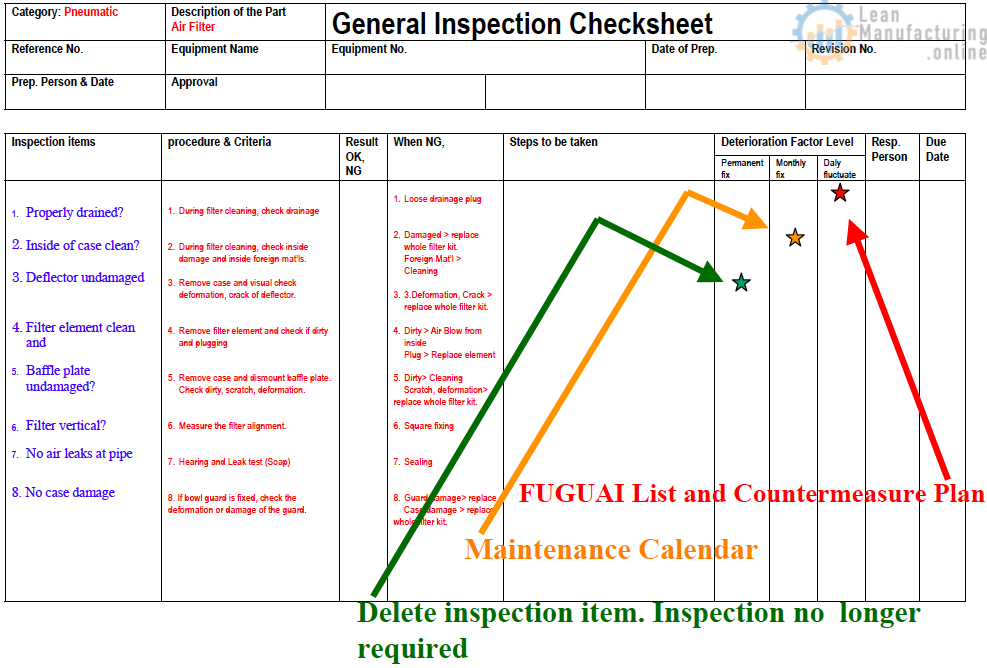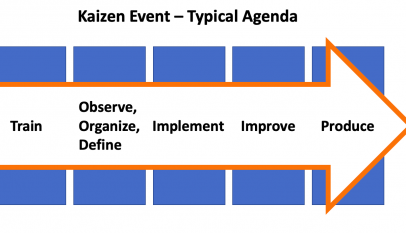PMP and Kaizen: The 12-Step Approach to Project Excellence
Introduction
Project success is never accidental—it’s the result of structured planning, continuous improvement, and strategic execution. The Project Management Professional (PMP) methodology provides a structured framework, while Kaizen fosters a culture of ongoing enhancements. When combined, these methodologies create a powerful approach to managing projects efficiently and effectively.
In this article, we’ll explore a 12-step process that blends PMP principles with the Kaizen philosophy, ensuring a data-driven, iterative, and results-oriented approach to project success.
1. Select the Theme: Identifying Key Issues
Every successful project starts with identifying the right focus. In PMP, this corresponds to Identify Risks and Identify Stakeholders—two key steps in understanding potential challenges and opportunities. Stakeholder input and data analysis play a crucial role in pinpointing areas that need improvement.
2. Build the Right Team: The Foundation of Success
A well-structured team is essential for project success. This step aligns with Plan Resource Management and Develop Team in PMP. The goal is to create a cross-functional team with the right expertise to collaborate effectively and drive improvements.
3. Analyze the Situation: Finding the Root Cause
PMP integrates Root Cause Analysis within Perform Quality Assurance and Monitor Risks to deeply understand underlying issues. Whether using data trends, process mapping, or stakeholder feedback, this step ensures that decisions are made based on facts rather than assumptions.
4. Restore Basic Conditions: Immediate Fixes First
Before addressing long-term solutions, immediate corrective actions must be implemented. In PMP, this is reflected in Implement Risk Responses and Direct and Manage Project Work—two processes that ensure quick fixes while maintaining operational stability.
5. Set Clear Objectives: Defining Success
Projects succeed when objectives are clearly defined. This aligns with Define Scope and Plan Quality Management in PMP, where measurable goals are established. Setting clear objectives ensures that everyone understands expectations and success criteria.
6. Make a Plan: Strategizing for Improvement
Planning is at the core of project management. In PMP, this step is equivalent to Plan Quality Management and Plan Risk Responses, where detailed strategies are developed to address issues and prevent recurrence.
7. Conduct Root Cause Analysis: Digging Deeper
Tools like Ishikawa (Fishbone) diagrams and 5 Whys help teams uncover the true causes of problems. PMP integrates these methods within Perform Quality Assurance and Control Quality to ensure continuous improvement.
8. Propose Countermeasures: Developing Solutions
Once root causes are identified, the next step is to develop effective countermeasures. In PMP, this is reflected in Plan Risk Responses and Implement Risk Responses, where mitigation plans are created to reduce risk impact.
9. Implement Countermeasures: Taking Action
A well-designed plan is only valuable if it’s executed properly. PMP emphasizes this through Direct and Manage Project Work and Execute Quality Management Plan, ensuring that solutions are effectively implemented and monitored.
10. Check Results: Measuring Effectiveness
After implementation, results must be analyzed to determine if the improvements were successful. This step corresponds to Control Quality and Monitor Risks in PMP, where key performance indicators (KPIs) and other data are used to assess impact.
11. Standardize & Train: Sustaining the Gains
Sustainable improvements require knowledge sharing and training. PMP incorporates this in Manage Project Knowledge and Develop Team, ensuring that best practices are documented and that teams receive continuous learning opportunities.
12. Expand & Sustain: Scaling for Continuous Improvement
Successful projects don’t just stop at implementation—they evolve. In PMP, this is captured in Manage Project Knowledge and Close Project or Phase, where lessons learned are applied to future initiatives, reinforcing a culture of continuous improvement.
PMP vs. Kaizen: Structure vs. Flexibility
While both PMP and Kaizen aim for excellence, their approaches differ:
- PMP: A structured, documentation-heavy methodology focusing on risk management and stakeholder engagement.
- Kaizen: A flexible, iterative approach that fosters continuous improvement through small, incremental changes.
When integrating both methodologies, organizations can achieve a balanced approach—combining structured planning with a culture of continuous improvement.
Final Thoughts
Blending PMP principles with Kaizen creates a powerful, results-driven framework for project management. Whether you’re leading a complex project or improving day-to-day operations, this 12-step approach ensures that your efforts are strategic, efficient, and sustainable.


